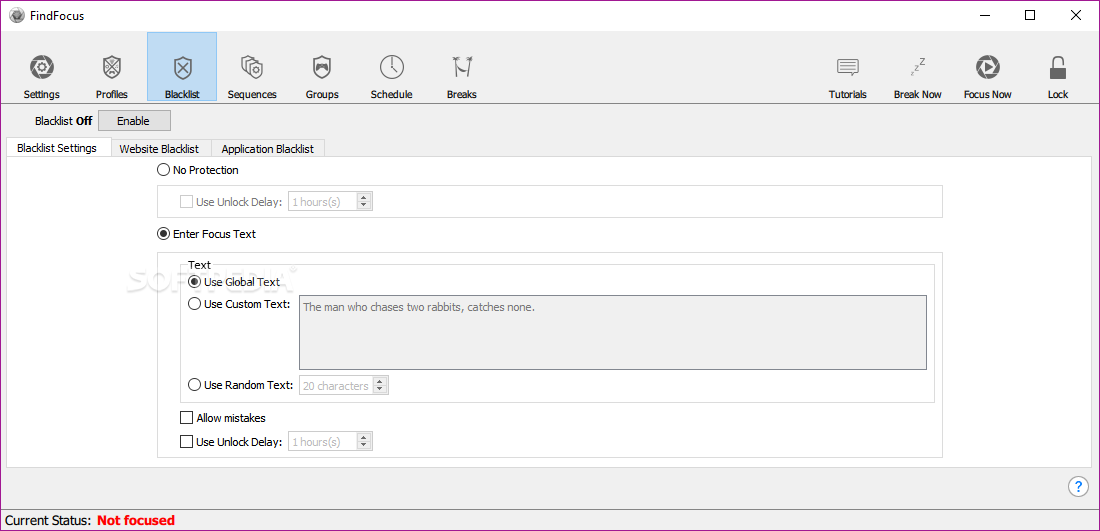

Returns the horizontal component of window minimal size. Returns the minimum size of the window, an indication to the sizer layout mechanism that this is the minimum required size. Returns the minimum size of window's client area, an indication to the sizer layout mechanism that this is the minimum required size of its client area. Returns the maximum size of window's client area. Merges the window's best size into the min size and returns the result. It differs from the above function only in what argument(s) it accepts. This is an overloaded member function, provided for convenience. Returns the size of the window 'client area' in pixels. GetClientSize (int *width, int *height) const Returns the best width needed by this window if it had the given height. Returns the best height needed by this window if it had the given width. This functions returns the best acceptable minimal size for the window. More.Ĭonvert pixel values of the current toolkit to DPI-independent pixel values. More.Ĭonvert DPI-independent distance in pixels to the value in pixels appropriate for the current toolkit. More.Ĭonvert DPI-independent pixel values to the value in pixels appropriate for the current toolkit. Similar to Fit(), but sizes the interior (virtual) size of a window. Sizes the window so that it fits around its subwindows. WindowToClientSize (const wxSize &size) constĬonverts window size size to corresponding client area size In other words, the returned value is what would GetClientSize() return if this window had given window size. More.ĬlientToWindowSize (const wxSize &size) constĬonverts client area size size to corresponding window size. More.įix child window positions after setting all of them at once. Prepare for changing positions of multiple child windows. See also the protected functions DoGetBestSize() and DoGetBestClientSize().
#Wxwindow findfocus example windows
This class supports the following styles:Ĭategory: Miscellaneous Windows See also Events and Event Handling, Window Sizing Overview To allow overriding them in the derived class, wxWidgets uses a unique protected virtual DoGetXXX() method and all GetXXX() ones are forwarded to it, so overriding the former changes the behaviour of the latter. In this case, the overloads are non-virtual because having multiple virtual functions with the same name results in a virtual function name hiding at the derived class level (in English, this means that the derived class has to override all overloaded variants if it overrides any of them).

Please see the window deletion overview for more information.Īlso note that in this, and many others, wxWidgets classes some GetXXX() methods may be overloaded (as, for example, wxWindow::GetSize or wxWindow::GetClientSize). Please note that all children of the window will be deleted automatically by the destructor before the window itself is deleted which means that you don't have to worry about deleting them manually. Sizers and device contexts are not, however, as they don't appear on screen themselves. It means that EVT_ICONIZE needs to be sent early in the game.WxWindow is the base class for all windows and represents any visible object on screen.Īll controls, top level windows and so on are windows. When you click minimize button it will minimize itself and then EVT_ICONIZE handler will fire. You can even see it in the sample: put a breakpoint in the EVT_ICONIZE handler and run the sample.

But when the sizing event comes an application already minimized and the focus is already on some other application or desktop, which means according to my MSDN quote: FindFocus() returns NULL. I don't know why FindFocus() returns NULL here but it's not normal for the focus to be NULL when the window is being minimized, something wrong happens here.Īs I explained wx sending the EVT_ICONIZE too late in the game - in response to the sizing event. It would be definitely nice to fix this before 3.0, it's an annoying bug.


 0 kommentar(er)
0 kommentar(er)
